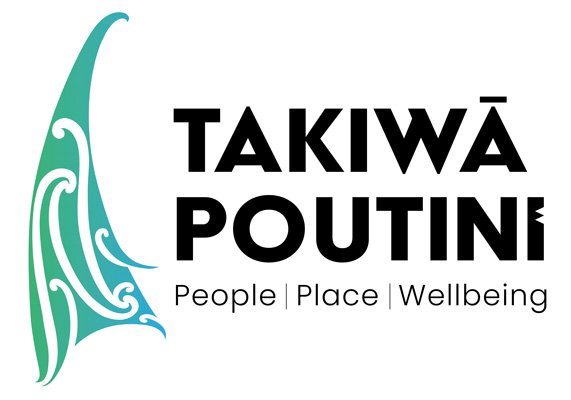
who are we?
Photo: Stewart Nimmo
Takiwā Poutini is a three-year West Coast pilot programme to improve health and wellbeing outcomes for all, particularly focused on Māori, Pacific peoples and people who experience disability.
We knew we needed to change the way our people and communities are supported and treated. Our ideal is a West Coast holistic model that places people at the centre.
System co-design has focused on iwi and community thoughts, ideas and recommendations about how to improve health and wellbeing outcomes.
The Pilot is due to come to a close at the end of June 2025. Our work in 2025 is to finalise current projects and ensure our system transformation continues. We also plan to report back to those around Te Tai o Poutini that shared their “voice”.
Three ongoing major legacy projects are focused on Child and Adolescent Mental Health, Oral Health and Te Waka Ngākau o Poutini (mobile outreach clinics).
A list of projects and programmes achieved over the three years of Takiwā Poutini is available under the You Said, We Did tab.
Our Vision:
Through partnership between Iwi, community, central and local government, the wellbeing of our communities on the West Coast is improved, and inequities are eliminated.
Who are the people involved?
Locality Partnership Group
The partners behind Takiwā Poutini represent Te Runanga o Ngati Waewae and Te Runanga o Makaawhio (Susan Wallace, Chair); Te Whatu Ora Health NZ Te Tai o Poutini (Philip Wheble); Te Whatu Ora Health NZ Te Mana Ora Te Tai o Poutini (Dr Cheryl Brunton); West Coast Primary Health Organisation (Helen Wilson); Regional Public Service Commissioner (Craig Churchill).
Team
Programme Manager: Vicki Roper
Vicki has a background focused on quality, project and business management, with a particular focus on safety for health system users. She has worked in health for 2+ decades and brings an extensive network of contacts throughout Te Tai o Poutini. She enjoys the challenge of introducing new systems and processes.
Admin & Design Support: Jay Worling
Jay is a versatile professional who has worked across fields such as graphic design, administration, coaching, wellbeing and fitness. Her work with Takiwā Poutini has covered everything from document management, graphic design and data analysis - she enjoys the challenge of constant change and improvement.Social and Website: Toni Eaton
Toni has worked in administration roles for around 20 years. She enjoys working remotely on important back of house functions: promoting the mahi of Takiwā Poutini and its partners within our community.Communications/Media: Lee Harris
Lee has worked in local and central government and media/public relations for quite some time. She has been working on the West Coast for the past 10+ years.
Why is this needed?
To address inequities, we need to do things in a different way from the past. The health and wellbeing needs of people in our takiwā (locality) are not the same as those of the people in other parts of Aotearoa. We want to improve the health and wellbeing of our West Coast people, no matter who they are, or where they live on Te Tai o Poutini. Takiwā Poutini gives us all an opportunity to come up with our own solutions that are place-based.
How are we going about this?
Whānau are at the centre of everything we do and in this way, community is shaping its own health and wellbeing future. Their voices have identified key priorities for action to address health and wellbeing. Whanāu are engaged in co-designing community-led solutions to local issues.
These new ways of working together better meet the health and wellbeing needs of our communities. The support from our Locality Group partners representing a range of health and wellbeing services has been crucial to this mahi.
Our Tohu / Logo
Strength, mauri ora, wai ora and whānau are represented in the form of a wave that displays kotahitanga - unity within Te Tai o Poutini.
The wave is a large and powerful force symbolising the strength, resilience and connection between whānau and the environment alongside wellbeing and personal growth.
Colour gradient on the wave represents the colours of pounamu from each of the Rūnanga (Ngāti Waewae green moving through to teal / blue of Makaawhio Aotea).
The Niho (notches on the letter “I”) represents the two papatipu rūnanga.






